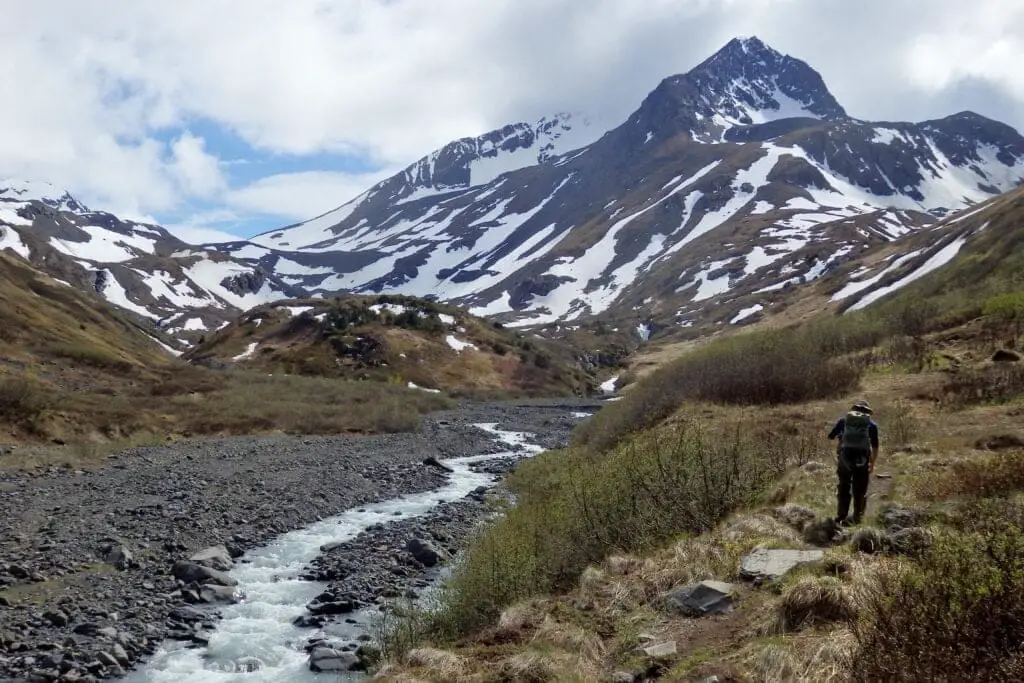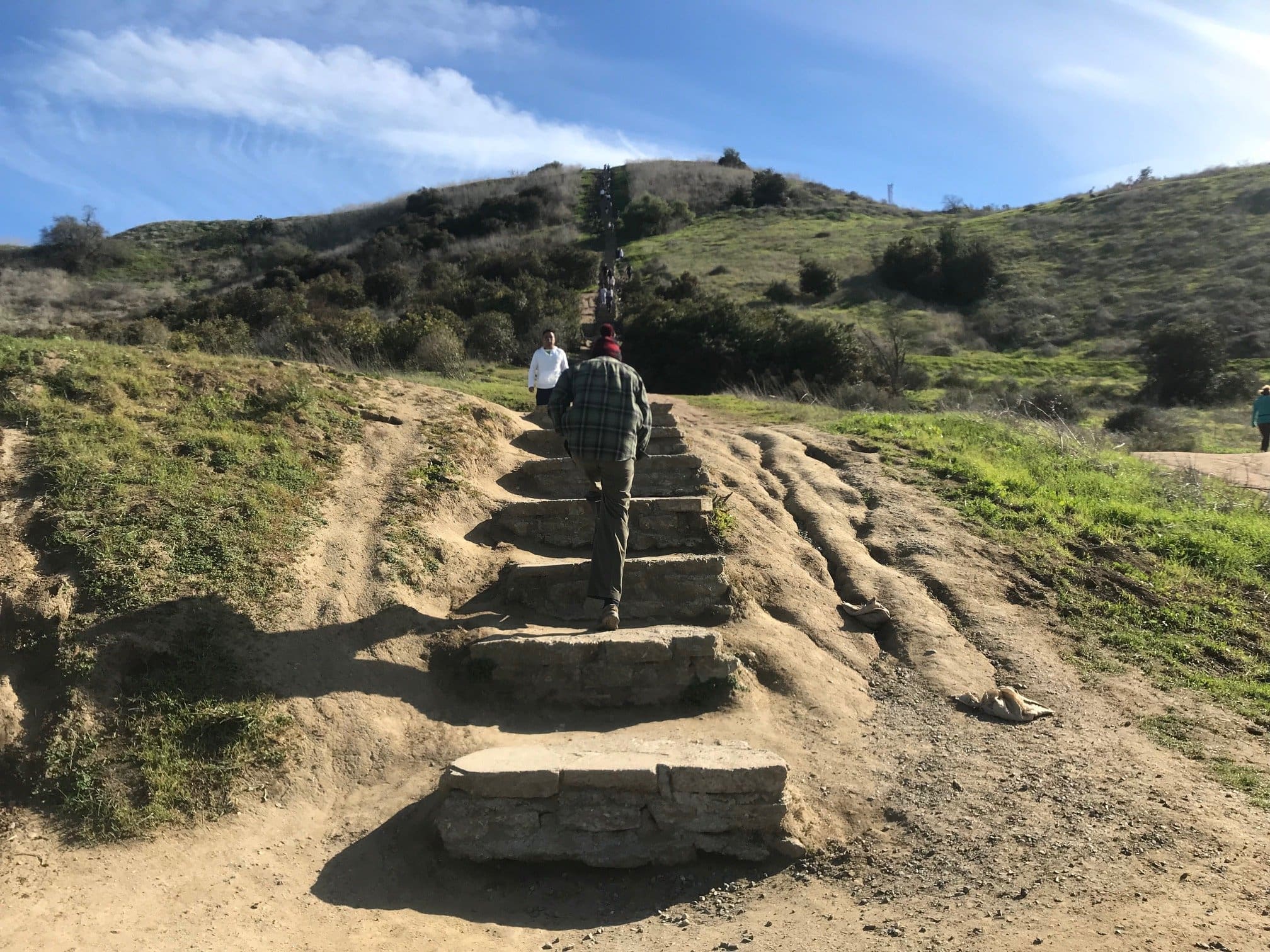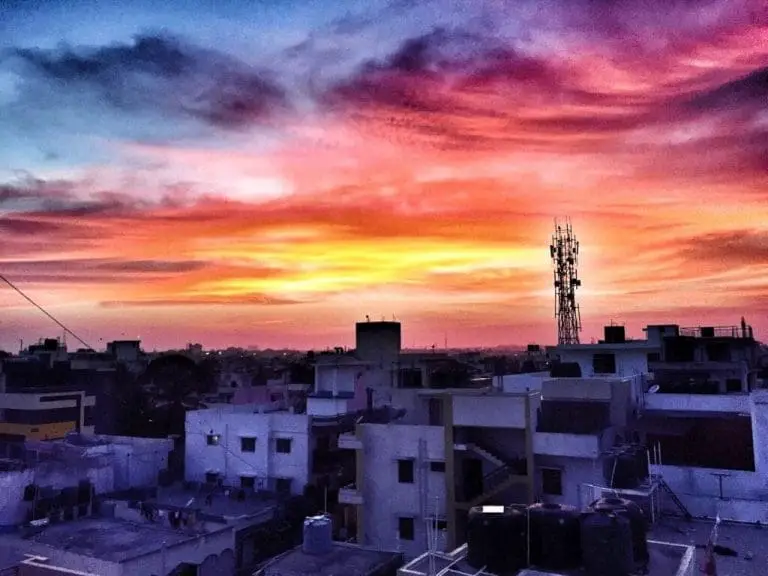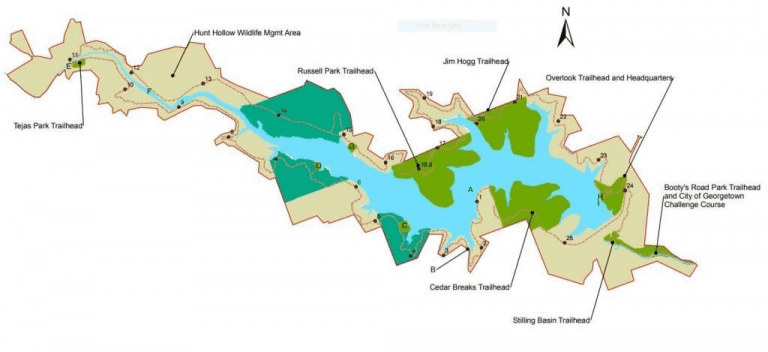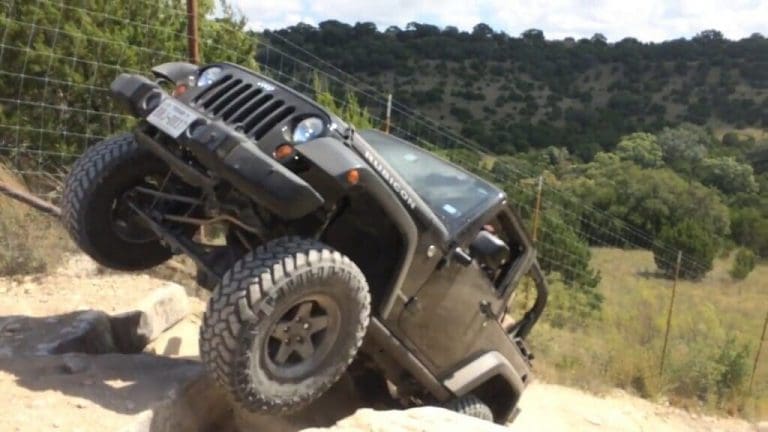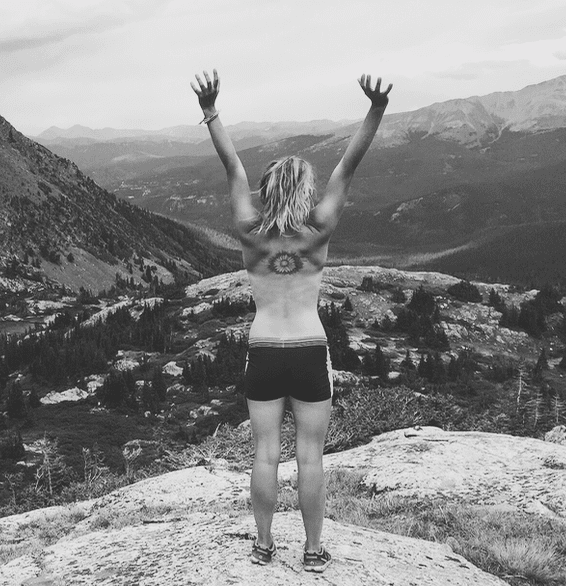Eagle River, Raven Gorge & Crow Pass
Join us as we explore the perils, joys, and experience of long-distance hiking as we explore the Eagle River, Crow Pass, and surrounding Alaskan wilderness.
Eagle River Alaska
The water was cold. Cold enough to make my feet burn as I waded across the Eagle River Alaska. I made the crossing together with my uncle, and we used each other for balance as our lower bodies went numb. Distance hiking is tough, and this crossing did not make it easier. And then we were done, on the far side of the glacial river where we stripped our feet bare and rested until we were dry. The cold of the water had made its way deep into our legs, a kind of stinging feeling that took some time to dissipate. The river was wide here, though not deeper than our knees.
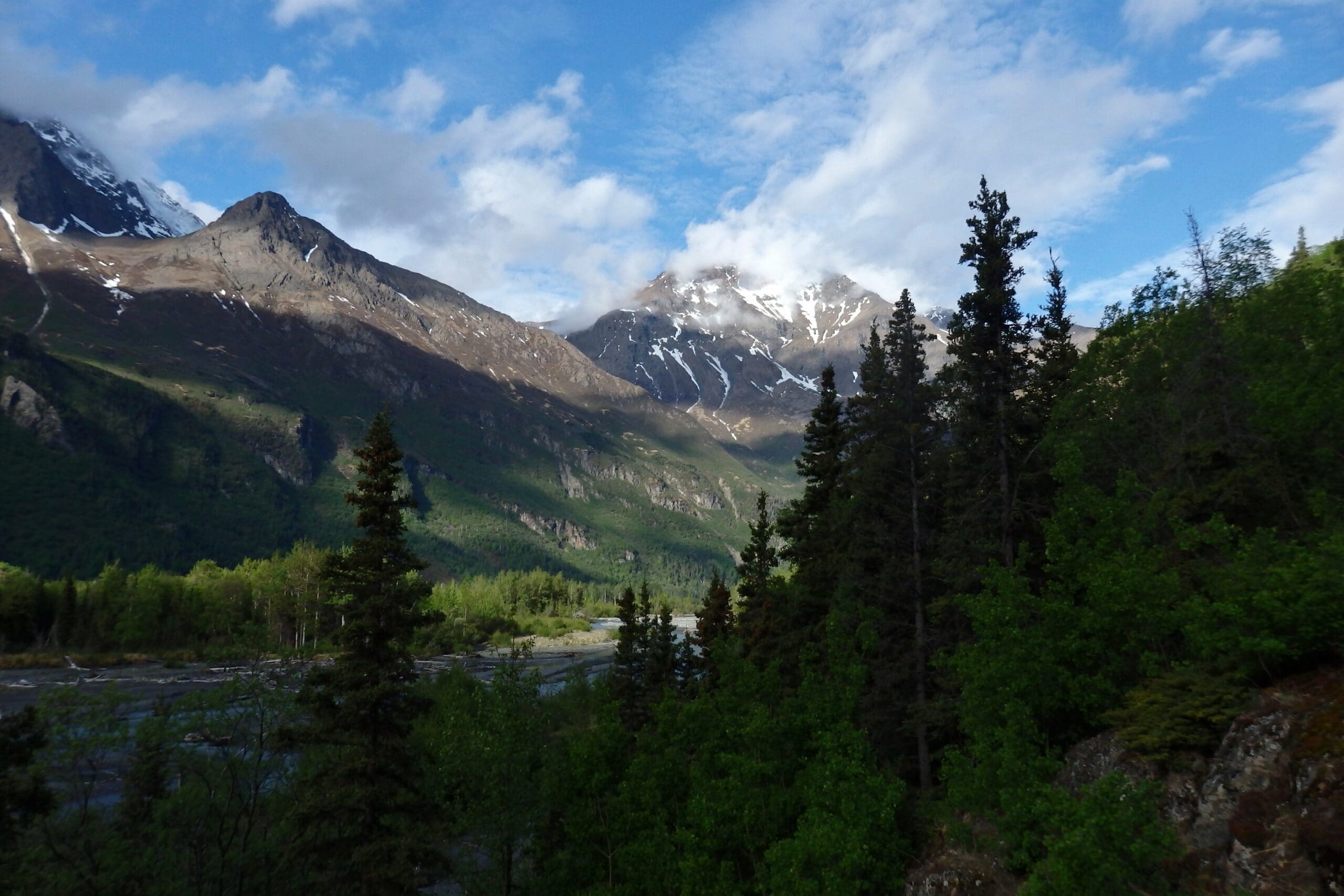
As river crossings go, it was safe, but the cold made it rough. Just to our south, we could see the glacier that fed the lake at the head of the river. This water had been ice not too long before. That crossing was at mile twelve of the day. Thirteen more to go and we would be done. The trail from the Eagle River Nature Center to the Crow Pass trailhead is twenty-five miles, and the trail ahead would take us over Crow Pass itself. The first half is relatively flat as the trail makes its way along the Eagle River. The second half involves a slow climb up to Crow Pass, then a quick descent back down to sea level.

We had started about five hours before at the Eagle River Nature Center, where we made our way south into the Chugach Mountains on the east bank of the Eagle River. Before even beginning our hike, he had sat in our car for nearly twenty minutes as a curious black bear explored the parking lot. It didn’t seem to care about us, but it did try to open the door to the Nature Center. After a while, we lost our patience and clapped loudly at it. The young bear ran away, as black bears typically will around loud noises.
A dense boreal forest stood around us, with spruce trees forming what almost amounted to a cavern on top of the trail. Though the trail appeared flat on our maps, this was not true. The map used a one-hundred-foot contour interval, meaning that elevation changes didn’t show up unless they were over one-hundred vertical feet. The trail goes up and down and up and down for a full twelve miles, so by the time we reached the river crossing, we were a bit tired.
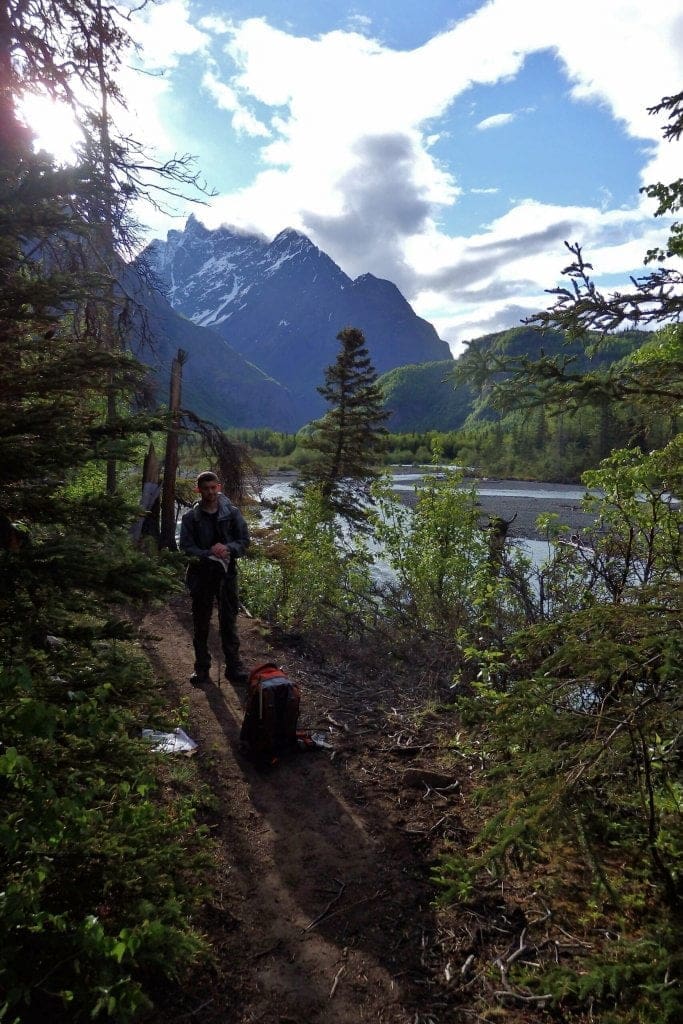
Fellow Hikers
While we dried our feet on the riverbank, we saw a party of three hikers making the same crossing that we had just finished. We had noticed them on the trail just a few minutes before when we passed them. They were laden with heavy backpacks which caused them to move slowly. Once across the river, they too stopped to dry their feet. They huddled around something, which my uncle and I realized was a GPS after a few minutes. I walked over to them, and I can’t remember how the conversation began, but it turned out that they were a little bit lost. They were on their second day of a three-day trip and did not have a paper map. So my uncle and I gave them a bit of advice, namely that the trail continued west up a bluff, then south to Crow Pass.
At some point in this conversation, one of them asked us, “So Crow Pass is four or five miles up ahead?”
My uncle replied with something along the lines of, “More like nine, then three or four more to the road.”
They seemed to deflate a little bit at that. They were only halfway there, and the trail ahead did not get any easier. Before leaving, my uncle gave them his phone number, with an offer of picking them up when they finished. Don’t worry, this part of the story has a happy ending, but for the moment we were a little worried about this trio. Distance is easy to calculate on a map, even easier on a GPS, but figuring out difficulty… is difficult.
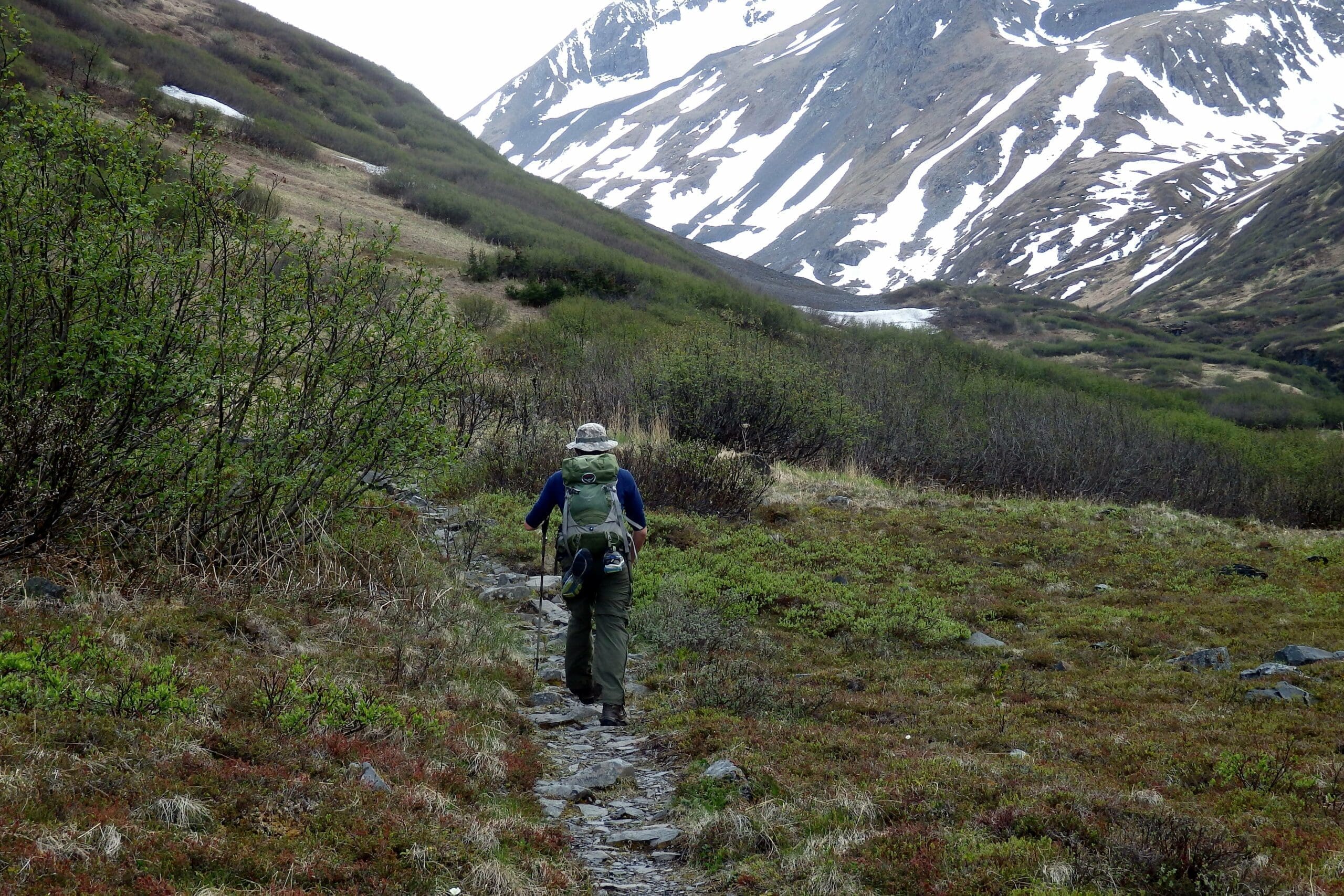
Figuring out Difficulty
A critical mistake in any activity, in or out of the wilderness, is a failure to assess how hard it will be. These three guys, and don’t get me wrong, they’re fantastic guys, hadn’t figured out if they could realistically do this hike in three days. My uncle and I had spent most of the previous evening pouring over maps and discussing if we could finish the full twenty-five-mile journey in one day. In the end, we had agreed that we could indeed do it, but we also packed some extra gear, enough to make a night out in the field doable.
So how had we figured out the challenge involved in the upcoming hike?
First up, distance. We knew that we would have to cover twenty-five miles. Okay, that’s a long distance, and the typical hiking pace is around two miles per hour. We can both move a bit faster than that, but then we had to factor elevation gain. We gained just over two thousand vertical feet from our starting place to Crow Pass. That’s not much at all, so we could almost discount it, except for one bit. Over half of that elevation gain occurred in less than one mile, during the final approach to the pass. Especially considering that the pass itself was around mile twenty-one, we added about an hour to our estimate. The crossing of the Eagle River added about half an hour in our minds, as we knew we would dry our feet afterward.
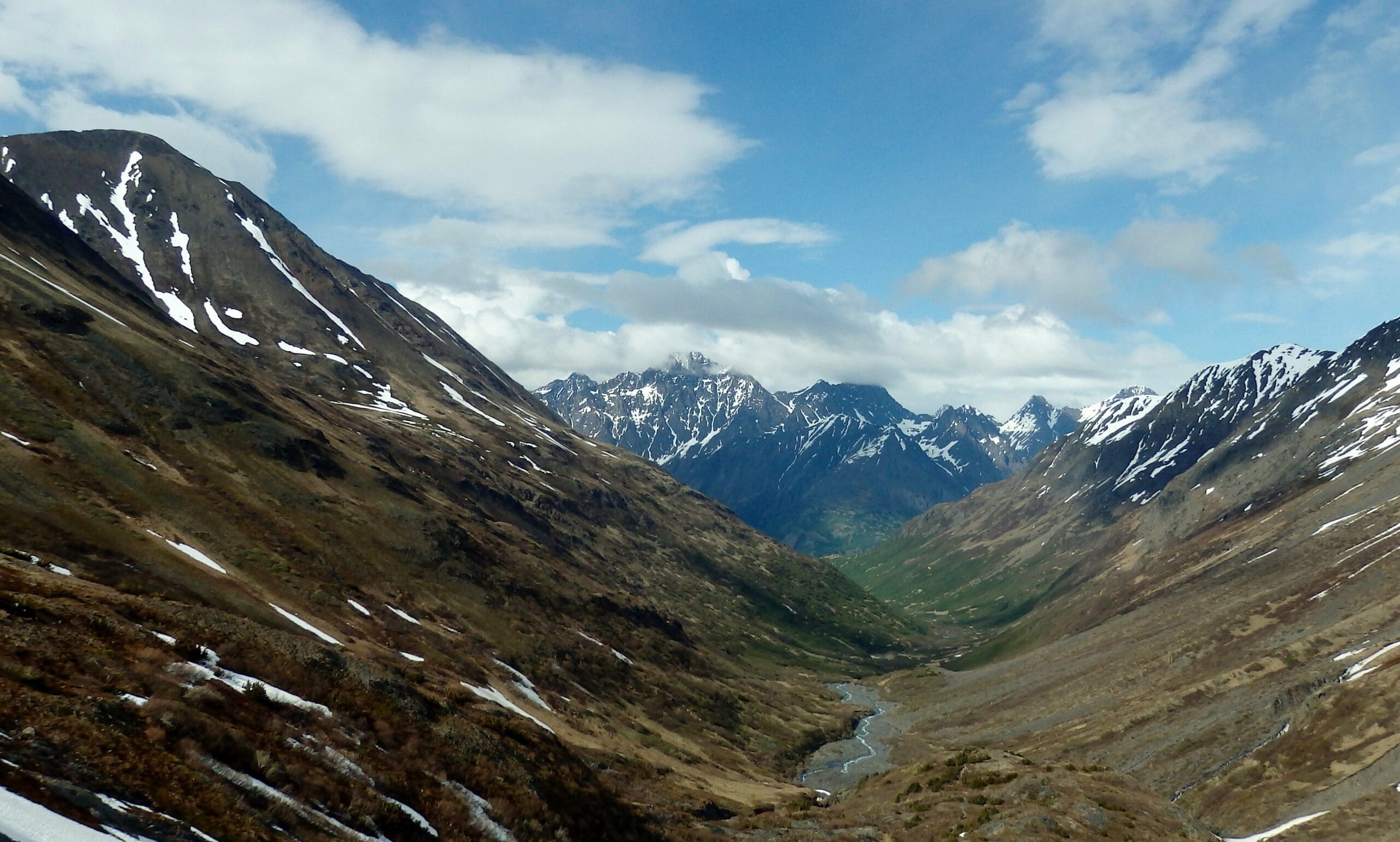
With everything considered, we figured that we could make the traverse in about twelve hours. Our final time? Eleven hours, forty-two minutes. This is respectable though not an impressive time for that trail. There is an annual mountain race along the route, in which people finish the trail in half our time. What mattered is that we had studied our route and applied our knowledge of ourselves to it.
One of the keys to distance hiking is pacing. If we pushed too hard at first, we would be dead on our feet by mile ten. Know your pace and never overexert.
Knowing Ourselves
In his book The Art of War, 5th century B.C. Chinese general Sun Tzu wrote,
If you know the enemy and know yourself, you need not fear the result of a hundred battles. If you know yourself but not the enemy, for every victory gained you will also suffer a defeat. If you know neither the enemy nor yourself, you will succumb in every battle.
Time in the wilderness could not be more different from warfare, but the saying still applies. If I understand both the terrain and my abilities, I will have a successful and fun time in the field. If I know myself but not the terrain, I’ll have good hikes, but also some failures. And finally, what happens if I fail to assess the terrain and my abilities? Well, that’s when the day can turn bad. That’s when things like Into the Wild happen.
The wilderness is not your enemy, but if misunderstood, it can make things difficult.
On this hike, my uncle and I had poured over the maps. We had a firm grasp of our limits as well. The unfortunate trio we encountered at the river had not. With heavy packs and no paper map, they were having a very tough weekend. Even worse, their lack of terrain knowledge meant that every time they rounded a corner and didn’t see a road, their morale fell even further. My uncle and I did not suffer from this, as we knew what we could expect to see ahead of us. This detailed map reading was due to our problematic Government Peak hike a week earlier. Our limited terrain knowledge there had cost us.
Safe in the knowledge that we knew ourselves and our route, we climbed up the bluff over the river. Once on the high ground, we stopped for lunch, with a beautiful view of the river and its lake. It was a cloudless day, and the Chugach Mountains are remarkable, true wilderness within spitting distance of Anchorage.
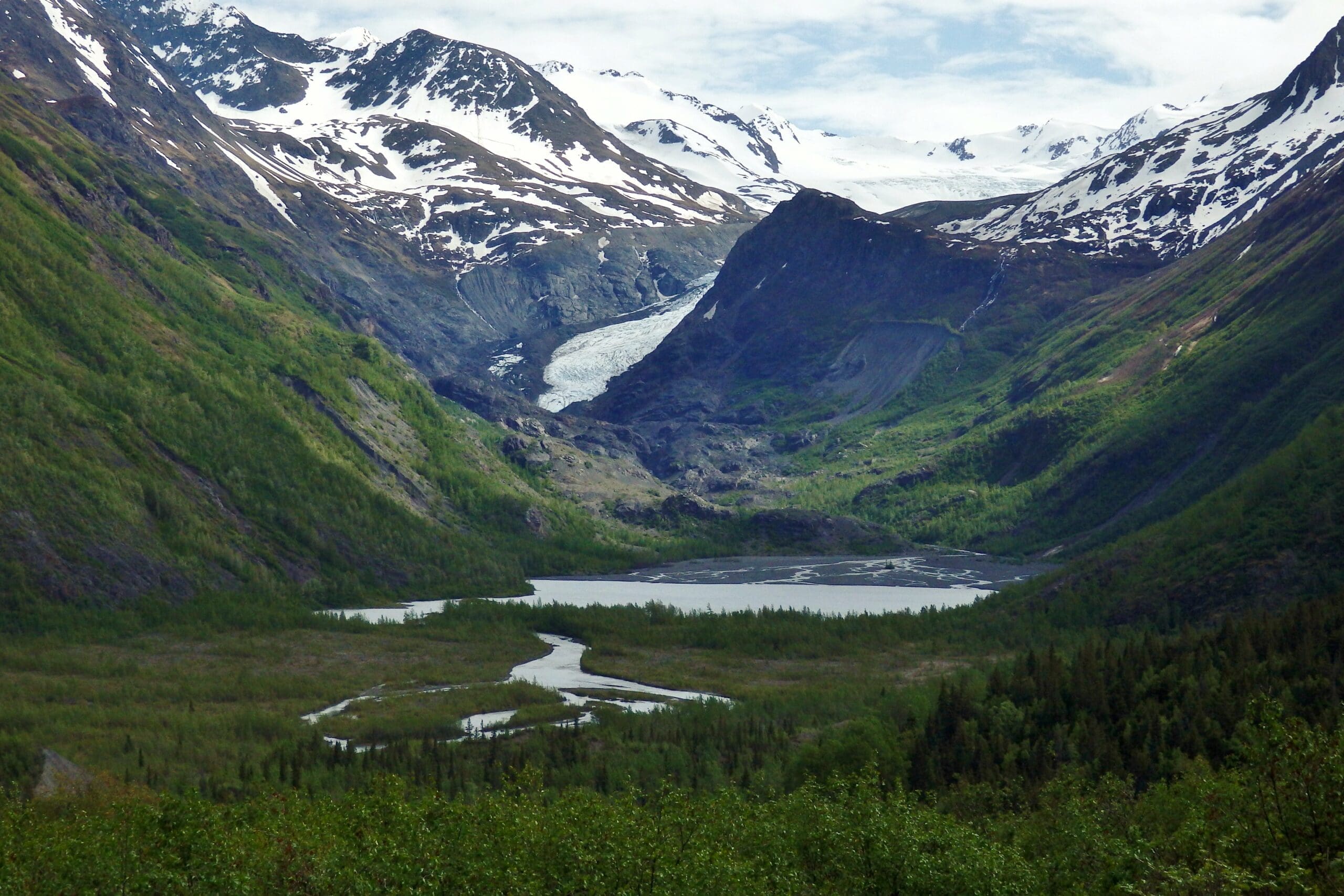
Raven Gorge Alaska
Around mile eighteen of our hike, we heard a roar. It grew louder with each step until at last, we saw its source. The river in this little valley had cut a chasm deep into the stone, and here it went through a sort of cataract. The water boiled in the little canyon, frothing, and spraying as if it were somehow angry. It’s called Raven Gorge, and it was indeed an incredible sight. There’s a campsite right beside it, and if you decide to hike this route, I highly recommend that site. The country around us was open, with only short trees in this high tundra. Ahead of us, we could, at last, see Crow Pass itself, still topped in the snow, with Raven Glacier peeking out from behind Raven Peak to the left.
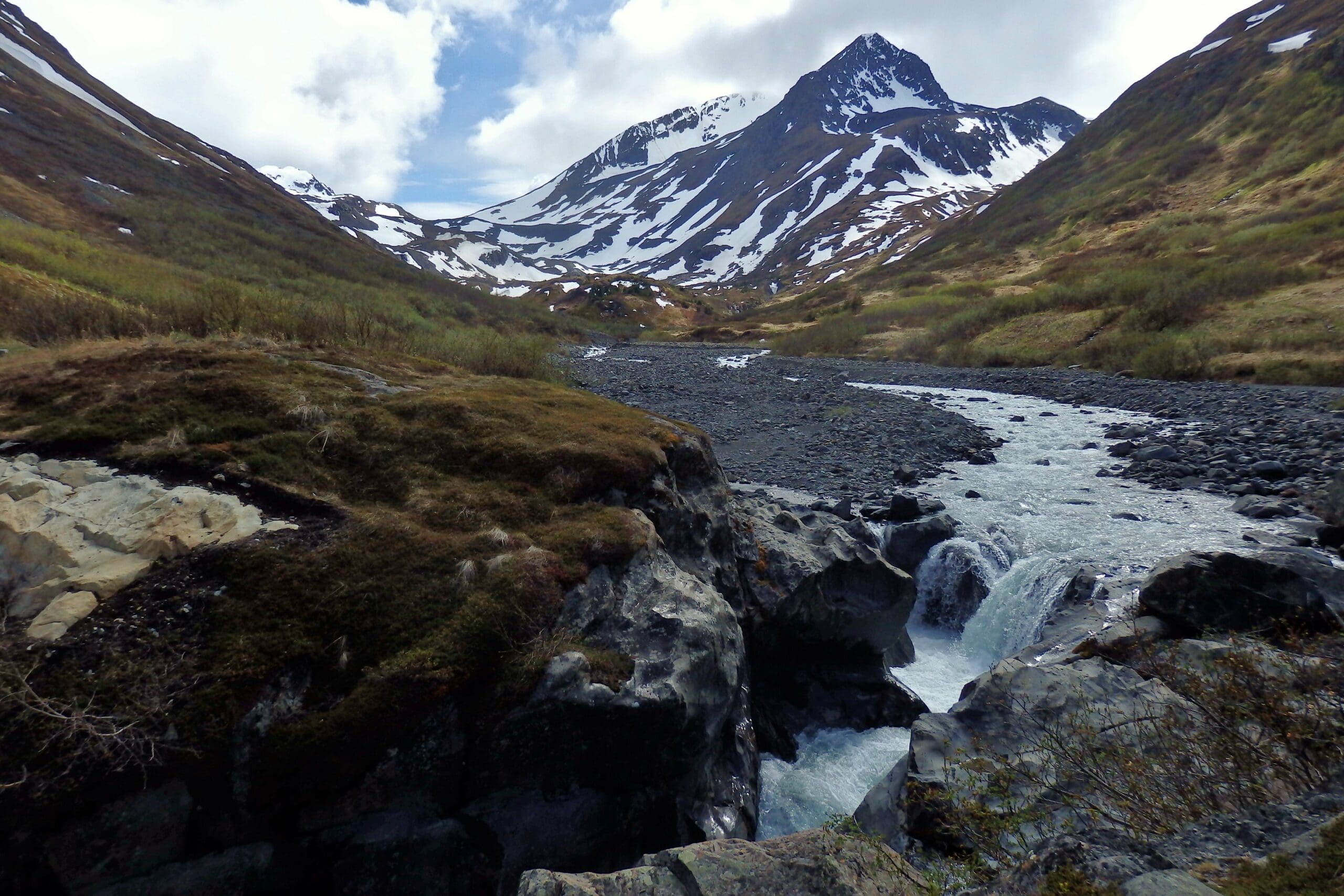
A breathtaking moment. Raven Gorge is one of those special places that puts you in awe. The power of the water cutting through the rock, the glacier tall beside the mountain, and the pass hanging above you. It was only a one-thousand-foot ascent to the pass, but after eighteen miles of travelling, it seemed daunting. We stopped for a moment to rest and soak in the scenery of this incredible valley.
Raven Gorge, named for Raven Creek which flows through it and feeds into the Eagle River, is a breathtaking feature in the wilderness. The violence of the water, the starkness of the mountains, all combined into one perfect image. This place shows the raw power of the wilderness, a type of brute, unrefined strength that lends beauty as well.
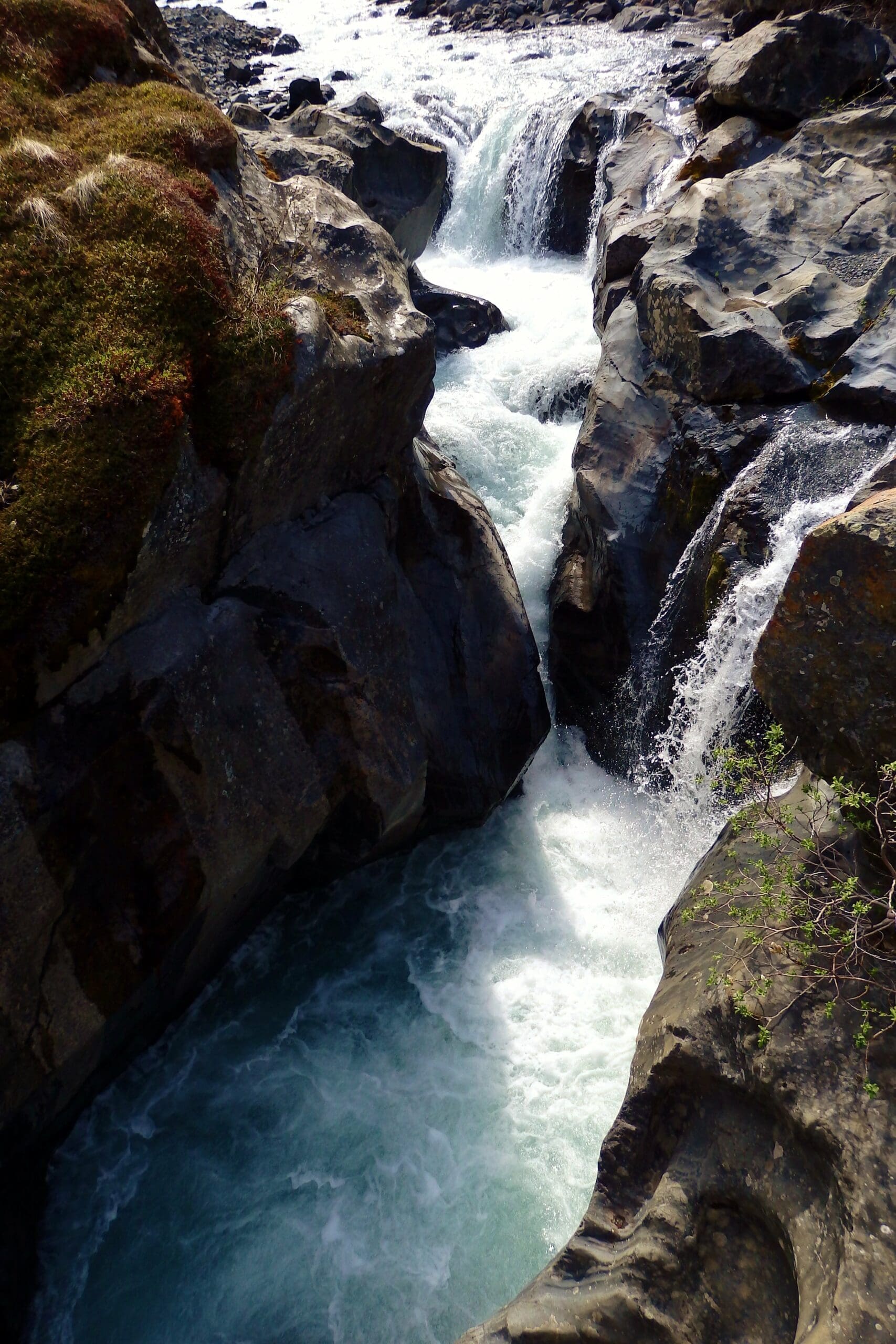
Crow Pass Alaska
And then we began our final ascent. The snow grew deeper and proved fickle, as sometimes it would hold weight and other times we fell straight into our hips. It was slow going, and our fatigue certainly showed itself here. But we continued up. My uncle commented on how he pitied the other group whenever they attempted the pass. I agreed with him. Those people were not young, and one was a veteran with serious knee issues. Their packs were heavy, packed even with a large propane stove meant for car camping. Again, know your route as you know yourself, and you will succeed. Know neither, and you invite failure.
And then we were there. On the crest of the pass, with the glacier beside us and peaks above us. We stopped for a second to take pictures and soak up the scenery. I’ve never had a chance to return to Crow Pass, but it’s high on the list. There’s a public use cabin just north of the pass which you can reserve for yourself. Not exactly a bad place to spend an evening.
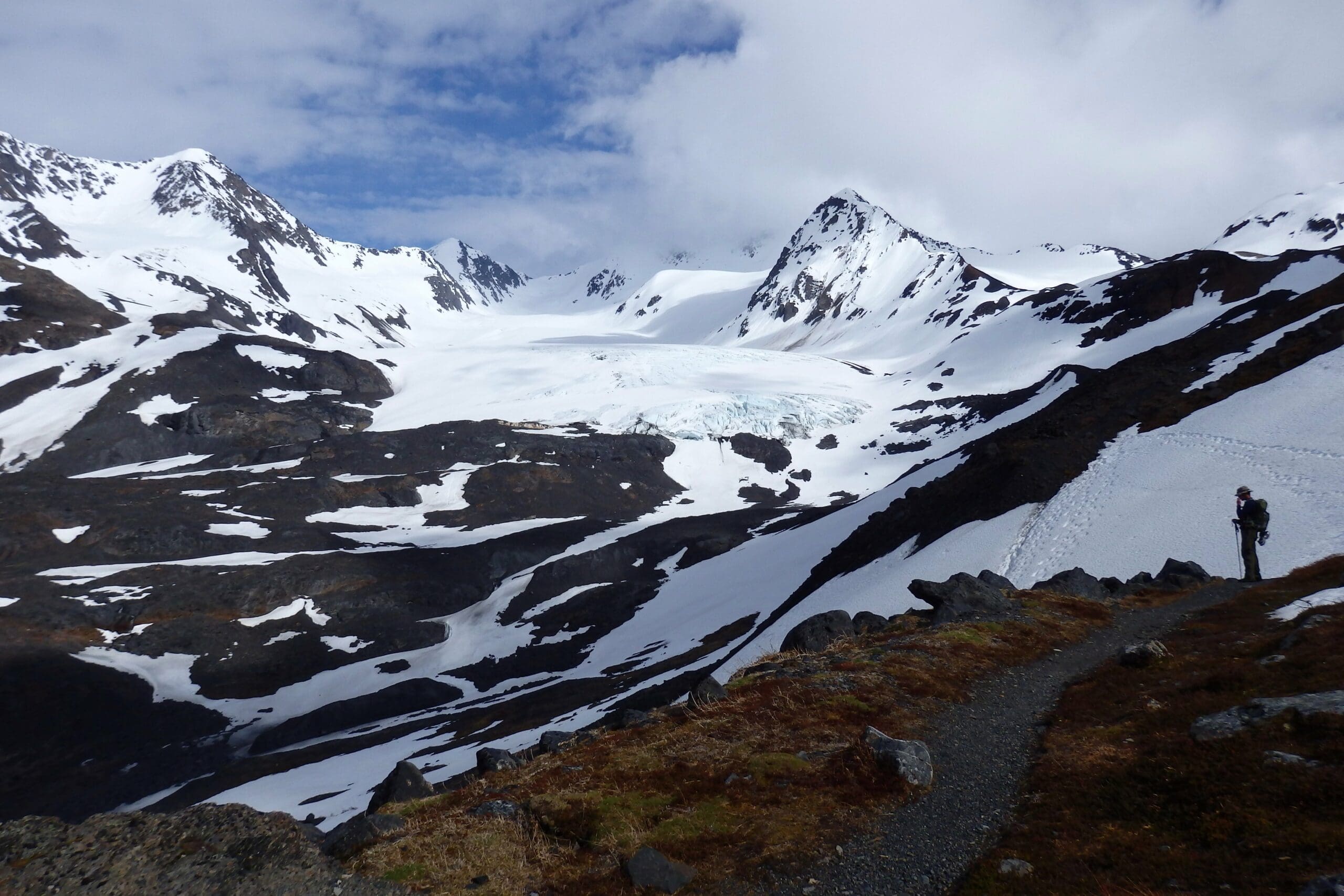
Our way down from the pass went quickly. The trail descended through a tangle of rock fields in an old mining area. The remnants of an old mining cart system remained on the surface, but the rest now lies buried beneath tons of rock. The mines in this part of the mountains have been quiet for a very long time. And then we were there. At the trailhead in the rainforests around Girdwood. Yup, rain forests. The valleys on the north side of the Turnagain Arm get a lot of rain, and here we waited for our scheduled pickup.
Friends in Need
That was not the end of our adventure. Remember how I mentioned that my uncle gave his phone number to the trio we had passed at the Eagle River? Well, two days later we got a phone call. It was them, and we picked them up at Girdwood. That night, we shared a halibut dinner and said goodbye to three of the nicest people I’ve ever had the good fortune to meet in the field. This gets me to another topic, well beyond simple route planning and personal awareness.
Trail manners and courtesies are genuine. My uncle and I had helped a few guys from Ohio as they made a not-so-easy traverse across the Alaskan wilderness. We gave navigational advice and picked them up at the end of their hike. One of the most basic expectations out in the field is that we will help each other, even at a personal cost. I once received help from a Czech man in Denali. We spoke a bit of broken Russian together, as that was our only language in common. If we don’t help others out in the field, I do not want to know what will happen. The kindest people I’ve ever known have been outdoors people; it is a kind of club with no membership requirements.

Everyone who enjoys the outdoors, hikers, hunters, four-wheelers, climbers, and all the others share a common bond. In the end, we are all together in that we all value the preservation of our wildlands. And we all stick out for each other in times of need.
I do my best to follow Sun Tzu’s advice from two and a half thousand years ago. I understand my abilities, my terrain, and know-how they mix. Being able to do this stands out as one of the key wilderness skills. The capacity to associate terrain and self into one whole picture ensures that you have an enjoyable and safe trip. But despite this, I always know that if I miscalculate, I will have another outdoors person to lift me up and give me help.
Pin this!
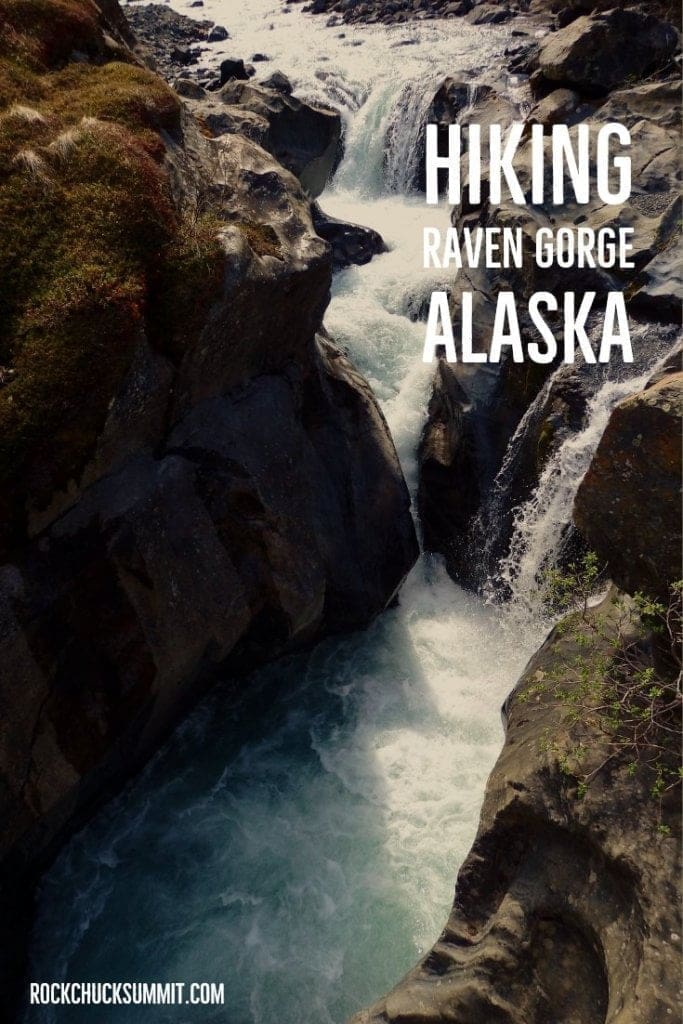
Have you been to Alaska? Hiked through the Chugach Mountains? Have a long-distance hiking adventure to share? We’d love to hear your story – please leave your comments below!

